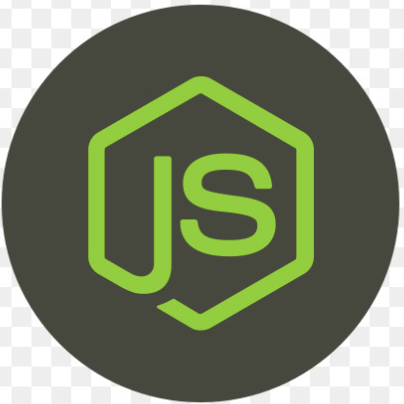
UI Development
Here, you learn HTML for creating web page structure and CSS for styling. Additionally, you explore CSS frameworks like Bootstrap to create responsive and visually appealing designs quickly. Understanding these technologies helps you build the foundational layout and look of web applications, ensuring they are both functional and aesthetically pleasing

JavaScript
In this section, you delve into JavaScript, the programming language of the web. You start with the basics, such as variables, data types, and control structures, then move on to functions, objects, and arrays. You also explore advanced topics like asynchronous programming, promises, and working with the DOM (Document Object Model) to create interactive and dynamic web pages.

React.js
In this section, you are introduced to React and its component-based architecture. You learn how to create both functional and class components, manage data within components using state, and pass data between components with props. Additionally, you become familiar with React hooks, such as useState and useEffect, for handling state and lifecycle events. You also implement client-side routing using React Router to develop seamless single-page applications

Node.js
This section covers server-side development with Node.js. You start by understanding the basics of Node.js and its non-blocking, event-driven architecture. You learn to use essential Node.js core modules for various functionalities and manage project dependencies with npm. This knowledge allows you to build scalable and efficient server-side applications.

Express.js
You explore Express.js, a web application framework for Node.js. You set up an Express server and learn to handle routing and middleware to process incoming requests. You also develop RESTful APIs to manage data exchange between the client and server, enabling dynamic and interactive web applications.

MongoDB
You dive into MongoDB, a NoSQL database. You start with an introduction to MongoDB and its document-oriented data model. You learn to perform CRUD (Create, Read, Update, Delete) operations and use Mongoose, an ODM (Object Data Modeling) library, to define schemas and interact with MongoDB in a structured manner. This allows you to store and manage data efficiently.
Internship and Live project
After completing the course successfully, students are eligible for a three-month internship provided by Bitalpines at no cost. During this internship, each student will engage in real-life projects under the guidance of a project manager and team lead, simulating a corporate work environment. They will be responsible for completing tasks on time, participating in team meetings, and presenting their work, which enhances their productivity and prepares them as competent professionals. This hands-on experience with live projects not only distinguishes them during interviews but also equips them with practical skills for future career opportunities.